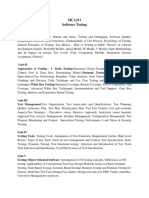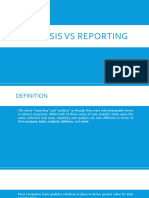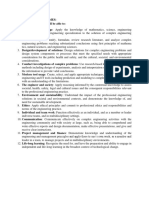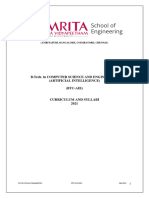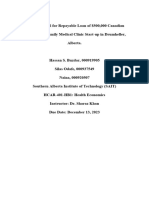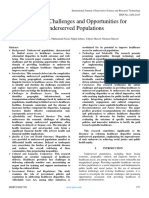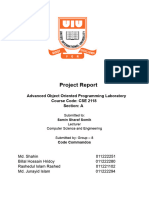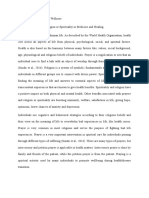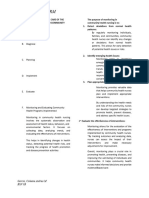0% found this document useful (0 votes)
2K views17 pagesTNSDC Project Report Template
The project aims to transform healthcare access in underserved communities through strategies such as telehealth expansion, mobile clinics, and community health workers. It addresses critical barriers like geographic isolation and cultural competency, focusing on equitable healthcare delivery. Expected outcomes include improved health equity, increased access to services, and reduced healthcare costs.
Uploaded by
jerril gildaCopyright
© © All Rights Reserved
We take content rights seriously. If you suspect this is your content, claim it here.
Available Formats
Download as DOCX, PDF, TXT or read online on Scribd
0% found this document useful (0 votes)
2K views17 pagesTNSDC Project Report Template
The project aims to transform healthcare access in underserved communities through strategies such as telehealth expansion, mobile clinics, and community health workers. It addresses critical barriers like geographic isolation and cultural competency, focusing on equitable healthcare delivery. Expected outcomes include improved health equity, increased access to services, and reduced healthcare costs.
Uploaded by
jerril gildaCopyright
© © All Rights Reserved
We take content rights seriously. If you suspect this is your content, claim it here.
Available Formats
Download as DOCX, PDF, TXT or read online on Scribd
/ 17




